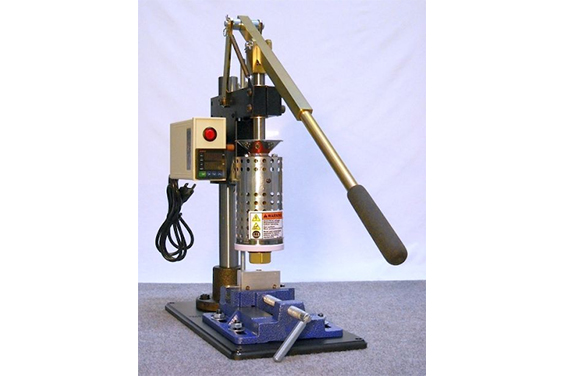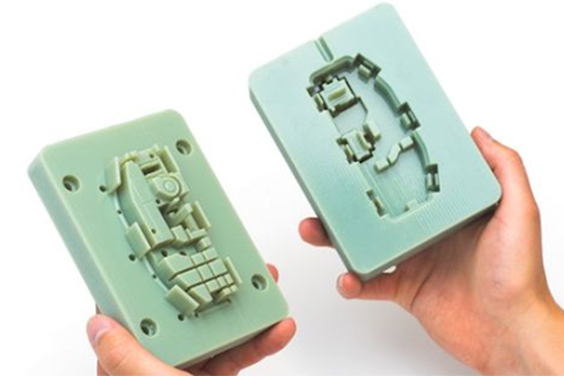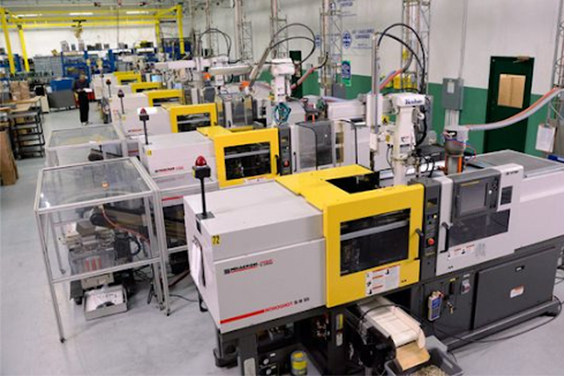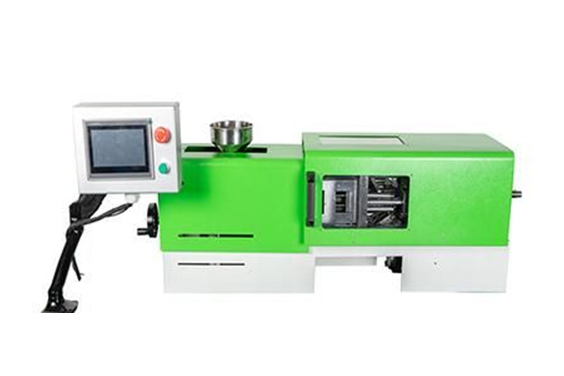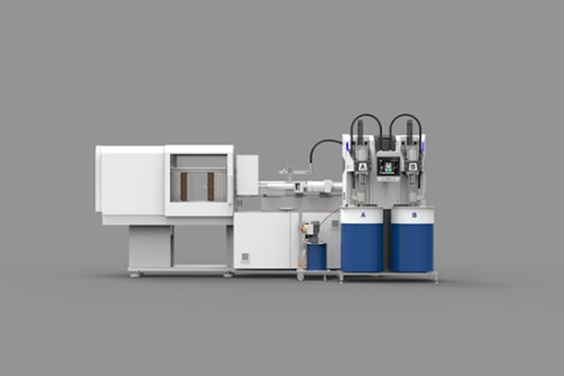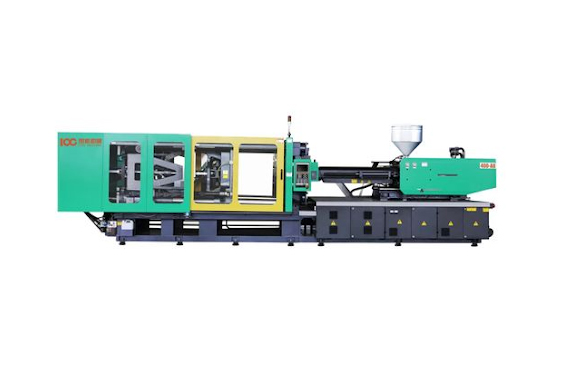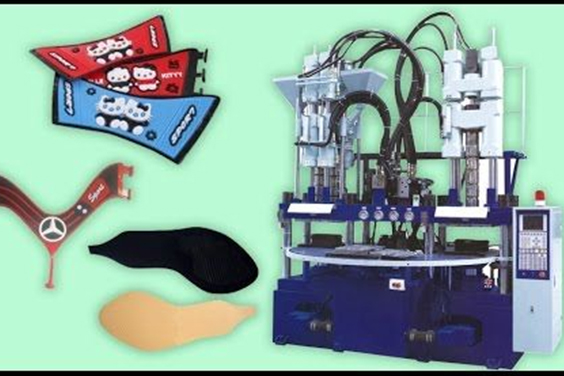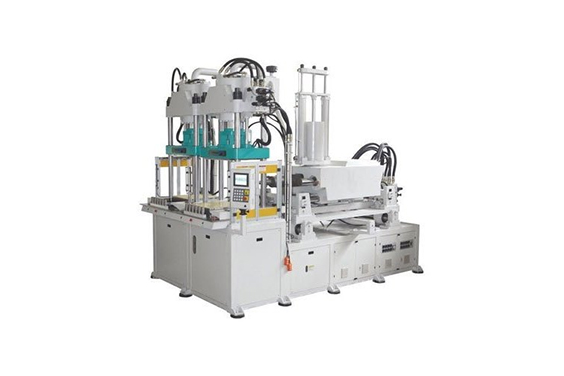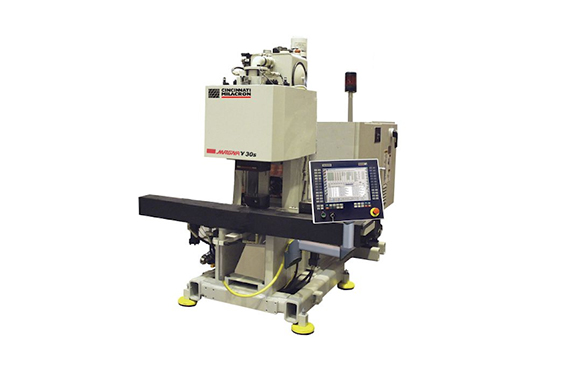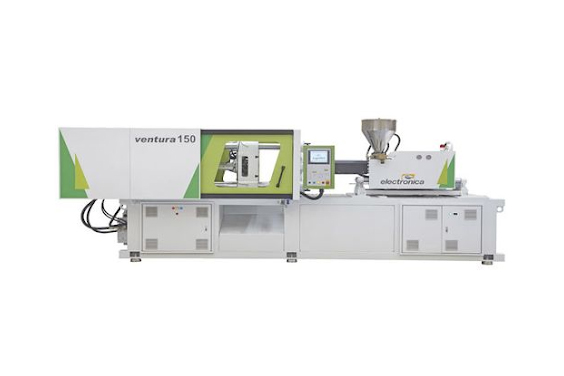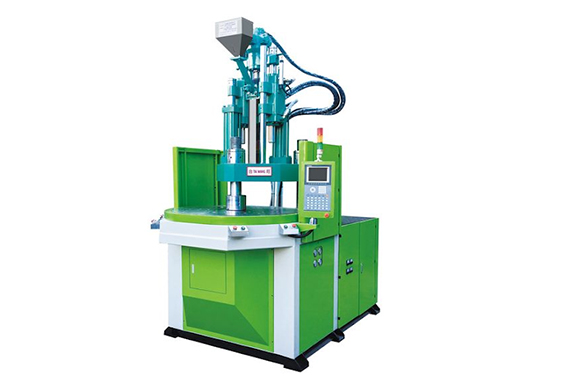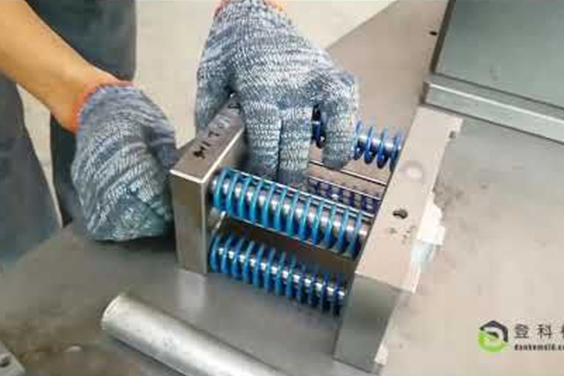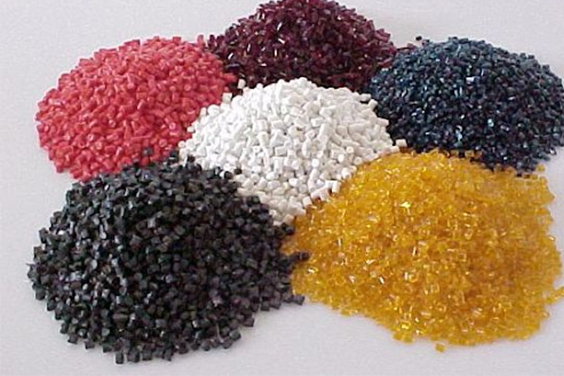DIY Injection Molding: How To Make Injection Molds
- Home
- > Blog
- > DIY Injection Molding: How To Make Injection Molds
Share :
Share :
Injection molding is a common manufacturing technique used to make the vast majority of plastic products on the market today. Traditional CNC machined metal molds have prohibitively high costs and long lead times for low-volume production, even though they are perfect for large-scale production needs.
3D printed custom injection molds are a time and cost-effective alternative for prototyping and low-volume production of about 10 to1000 components. They also offer a more agile production strategy, allowing engineers and designers to test mold design, readily tweak them, and then iterate on their designs far faster than traditional CNC machining, all while being orders of magnitude less expensive.
What Is Injection Molding?
Injection molding is a manufacturing technique that enables the large-scale production of items. Molten materials are injected into a mold to make it work. It is usually used to make thousands of identical things as part of a large production process. Metals, glasses, elastomers, and confections are all used in injection molding, although the most popular are thermoplastic and thermosetting polymers.
The creation of the mold is the initial step done by most injection molding manufacturers. Most molds are finely machined from metal, usually aluminum or steel, to match the features of the product they will manufacture. The material for the part is fed into a heated barrel and combined using a helical curved screw after the mold has been made by the mold maker.
The material in the barrel is melted by heating bands, and the molten metal or molten plastic is transported into the mold cavity, where it cools and solidifies to match the mold’s shape. Cooling lines that circulate water or oil from an external temperature controller aid in reducing the cooling time. Mold tools are installed on plate molds, which open once the material has solidified and removed the item from the mold using ejector pins.
A two-shot mold is a type of injection molding that allows different materials to be blended in one part. This technique can be used to provide durable plastic products with a softer feel, to color apart, or to create objects with varied performance characteristics.
What Do You Need For Injection Molding
It takes some money to set up a system for DIY injection molding. Getting the correct equipment and learning how to use it costs both money and time. However, because these prices are often less than the cost of a single metal mold, the time and money saved after you are up and running will readily compensate for the initial effort. You need:
- A 3D printing material that can survive the heat and pressure applied to the mold during injection molding.
- A benchtop injection molder, such as the Galomb Model-B100 or the Holipress. Benchtop Injection molders come in a variety of price ranges.
- Plastic-made pellets of your choice.
- To design the mold insert, use a CAD software tool of your choice.
Types Of Machines Used In Injection Molding
Injection molding machines are used by plastic injection molding service providers in the mass manufacture of complex-shaped plastic parts. Fast production speed, high efficiency, automatic operation, a wide range of colors, simple to complicated shapes, sizes ranging from large to small, and the injection molded part’s size is precise, the product is easy to replace, and injection molded parts with complex shapes can be molded are all advantages of injection molding machines. Let us go through the types of machines used in injection molding.
Electric Injection Molding Machine
By minimizing energy consumption, the electric press, also known as an Electric Injection Molding Machine, lowers operational expenses. It also addresses some of the hydraulic press’s environmental concerns. Manual presses are quieter, faster, and more accurate than electric presses, but they are also more expensive.
Liquid Type Injection Molding Machine
Liquid injection molding entails the molding of stock materials into various components and products. It varies from traditional reaction injection molding in that it uses mechanical mixing instead of pressurized impingement mixing, and it concentrates on liquid silicone rubber and other elastomeric materials. Seals, o-rings, isolators, and electronic connections are just a few of the goods it can produce efficiently.
Horizontal Injection Molding Machine
Horizontal injection molding machines are the workhorses of a wide range of plastics-based industries. Plastic parts created on injection molding machines ranging from 10 to 1000 tons are used in consumer products, electronics and telecommunications, food and beverage, medical, automotive, and other industries. Melted plastic is pumped into a mold to make a part in this manufacturing process.
Rotary Type Injection Molding Machine
The mold is rotated first to a load station, then to a molding station, and ultimately to an unloading station on a rotary table vertical injection molding machine. Complex pieces can be manufactured on rotary tables, allowing for increased output.
Thermoset Type Injection Molding Machine
When heated, a substance is squeezed or molded into a shape. Because the heating process alters the structure of certain materials, they cannot be reheated.
Shuttle Type Injection Molding Machine
This method allows you to use two bottom mold halves with one top half. While one bottom half is molding with the top half, the other bottom half is available for insert loading. The bottom half of the press is filled with inserts and shuttles into position with the top half, while the bottom half molding shuttles out for part ejection and insert reloading when the press opens.
Two Color Type Injection Molding Machine
Multi-shot molding is a procedure that involves injecting two or more plastic ingredients into a mold to make a part. This technique is commonly employed in the manufacture of toothbrushes. A two-shot technique in which two plastic components, usually a harder base material with a covering of softer material, are injected into a mold consecutively.
Vertical Type Injection Molding Machine
Although vertical machines are used in a few specialty applications, such as insert molding, to make use of gravity, the majority of machines are horizontal. Plastic parts that can be affixed to or inserted into other materials are produced by vertical injection molding machines. A clamp is used on vertical injection molders to hold the mold from which the finished product will be manufactured.
Injection Mold Tooling
The heart of injection molding is injection molding tooling. Plastic injection tooling, more particularly tooling design, impacts the quality of the injection molding process and the parts produced, whether it’s a complex application or a simple part.
The primary purpose of tooling design is to provide a product that is easy to manufacture. To do so, a high-quality process that is simple and efficient, long-lasting, simple to operate and maintain, and capable of meeting all standards at the lowest possible cost is required.
What Plastics Are Used In Injection Moulding?
The names of the plastic injection molding materials sound like chemical words. Polyethylene rhymes with polypropylene, which has a similar acronym to polystyrene, which is challenging enough.
Knowing your application requirements which might change between prototyping and production is important when choosing the proper injection molding material. Any injection molding manufacturer will utilize a variety of plastics to achieve the finest results. Check them out below.
- Acrylic (PMMA). PMMA or acrylic stands for poly(methyl methacrylate). It's a tough, clear thermoplastic that's less heavy and less likely to fracture than glass. PMMA allows a large amount of light to flow through because it is transparent and has good optical clarity.
- Acrylonitrile Butadiene Styrene (ABS). ABS is a high-performance thermoplastic with a low melting point that makes it simple to work with. Colorants can be used with this opaque polymer, which comes in a variety of textures and surface treatments. ABS is noted for its impact resistance and strength.
- Nylon Polyamide (PA). Polyamides (PA) are a broad category of materials that can be natural or synthetic. However, nylon, a form of polyimide, is always synthetic. Because nylon is prone to shrinkage and insufficient filling, injection molding with this polyamide can be difficult.
- Polycarbonate (PC). Plastics made of polycarbonate (PC) are strong, durable, and naturally transparent. Polycarbonate has similar qualities to PMMA, although it can withstand a wider range of temperatures. PC keeps its color and strength over time when colored.
- Polyoxymethylene (POM). Polyoxymethylene (POM), often known as acetal, is an engineering plastic. It may be injection molded into products with high stiffness, low friction, and great dimensional stability. POM polymers are naturally opaque and white in appearance due to their highly crystalline structure.
- Polypropylene (PP). Polypropylene (PP) is similar to polyethylene (PE) in terms of characteristics however it is slightly tougher and more heat resistant. It is the second most extensively used plastic on the planet. Although the density of polypropylene varies depending on the fillers used, pure PP is the lowest density commercial plastic.
- Thermoplastic Elastomer (TPE). TPE (thermoplastic elastomer) is a material that combines rubber with plastic. TPE has rubber-like characteristics and performance, but it's produced like plastic. Its flexibility is one of the features that designers and engineers prefer. TPE is also recyclable, with a six-fold recycling capacity.
- Thermoplastic Polyurethane (TPU). TPU stands for thermoplastic polyurethane and is a form of thermoplastic elastomer (TPE) that is commonly referred to separately due to its widespread use. TPU has rubber-like flexibility just like other TPEs. TPU is frequently selected over TPE because it is more resistant to severe temperatures and chemicals. TPE, on the other hand, is a softer, more malleable material.
Conclusion
Injection molding offers a wide range of manufacturing applications, particularly in the production of high-volume products. While tooling and molding can be costly, the cost of production after that is finished is inexpensive. Injection molding is utilized for parts made of a variety of materials since it allows for near-identical production. Bucket manufacturers use the same technique to come up with durable and strong products.

